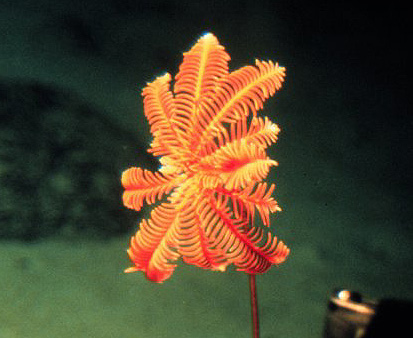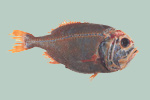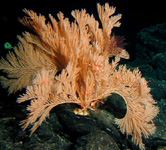 |
 |
 |
 |
 |
 |
 |
 |
 |
 |
|
|
  |
Home > Environmental Issues > Article > |
||||||||
 |
||||||||
|
Man will 'wipe out' rare creatures of the deepBy Severin Carrell, 16 October 2005The deep ocean is one of the world's last great wildernesses. But not for long. Two kilometres below the surface, scores of rare and exotic species are being wiped out at a dramatic rate. These unique species include the goblin shark which boasts a unicorn-like horn, prickly sharks with humped backs and glowing eyes, vast single-celled organisms as large as footballs and tripod fish that stand on their fins. In a letter passed to The Independent on Sunday, Britain's leading marine scientists have warned these species face extinction because of the global growth in deep-sea trawlers fishing for edible species such as the orange roughy, hoki and round-nosed grenadier. The damage is indiscriminate, they warned. The vast nets, which can reach down for 2km, pull up thousands of tonnes of fish each year, but most are thrown back into the sea, dead. Held down by rows of steel rollers weighing up to 200kg each, those nets are meanwhile devastating the ancient coral beds and sea mounts which are the home to the deep sea's marine life by scraping the sea bed clean. Some corals, such as the seafan, can be 1,000 years old. Other sea bed species being destroyed include fields of glass sponges with skeletons like fibreglass wool, and flytrap anemones that close their tentacled mouths around their prey like a Venus flytrap. Last week, more than 50 of Britain's leading marine scientists and ecologists, including the president of the Royal Society, Lord May, have urged the Government to call for a global ban on the industry at the UN. Their unprecedented demand follows worrying evidence that the deep sea is being "irreparably destroyed" by the industry. The UK, they said, should also use its presidency of the European Union to persuade the rest of the EU to support its moves for a worldwide moratorium.
|
|||||||

|


 Diverse bycatch reveals extensive bottom trawling seabed
destruction
Diverse bycatch reveals extensive bottom trawling seabed
destruction

